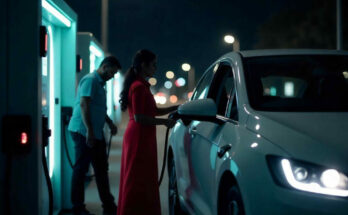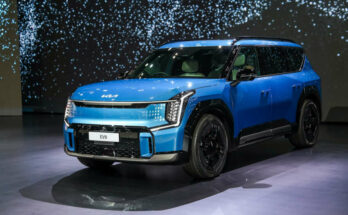Electric Vehicles (EVs) are the future. Every automobile manufacturer is heavily investing in EVs and it is predicted that within a few years from now, electric vehicles will achieve the same level of production as that of petrol and diesel-powered cars today. Most automakers have already announced their roadmap to go all-electric, ditching the production & development of combustion engine cars. It is assumed that by 2035 almost all major passenger car production around the world will be electrified, but the question is, will the third-world markets benefit from the EV revolution, or they can?
In Pakistan, the government’s actions towards introducing EVs have always been really very confusing. At one time it announces major relaxations for the EVs but soon after, the benefits are taken back. For example, the government had earlier decided to facilitate the import of electric vehicles by slashing the import duty to 5% however, in a policy reversal announced in the supplementary financial bill, the EV import duty has been jacked up to 17%.
Related: Car Prices to Increase Again Amid Supplementary Finance Bill
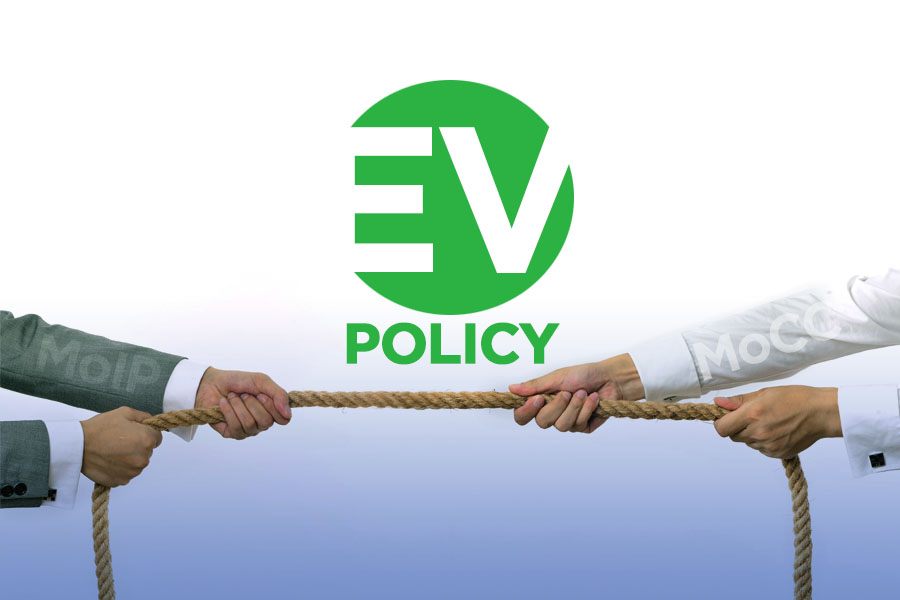
We also witnessed a similar tug-of-war situation between the two ministries in 2020 regarding the formulation of Pakistan’s first electric vehicle policy. This is mainly because perhaps the govt is confused about keeping happy two wives at the same time. Chinese, which have gained much of the influence especially after CPEC-related activities are in favor of pushing in the EVs because that’s the area where they excel. Japanese on the other hand, who have been efficiently dominating & manipulating the local auto sector for decades have invested heavily in hybrids and they are left far behind in the race of EVs compared to Chinese, European & American rivals. Major Japanese automakers have also been very vocal, speaking against the EV revolution on various international forums.
Related: Toyota Ranked as World’s Third-Most Obstructive Company Against Climate Policies
So obviously the Japanese companies would want us to go for hybrids instead of EVs that’s probably why we are told that there must be a transition to hybrids before moving on to all-electric vehicles. The recent juggle in policies is perhaps due to the same reason, if you try to make the Chinese happy, the Japanese will complain and vice versa.
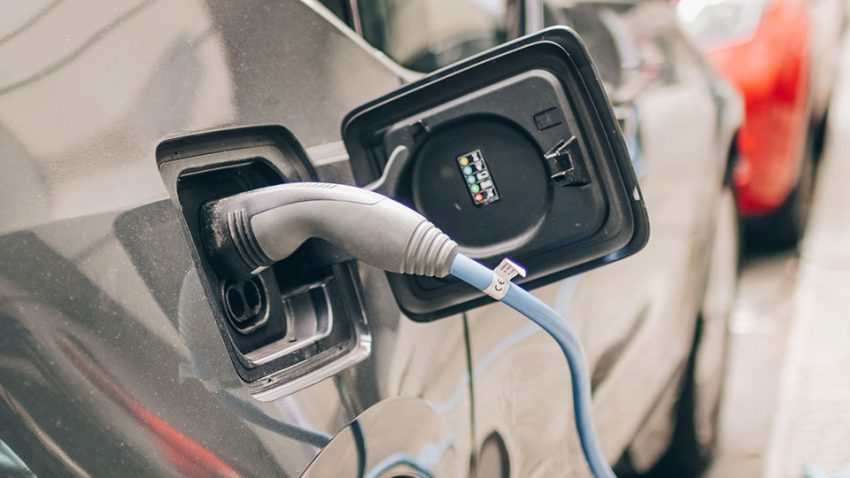
It will certainly be very interesting to see whether the EVs, more accurately the electric passenger cars, in their all glory will reach Pakistan or not. But there are certain things about these electric vehicles that people should be aware of. Obviously, EVs have their own set of benefits but their usage and operating habits will have to be different from using conventional gasoline-powered vehicles. Let’s discuss.
Low Maintenance
A typical car powered by an internal combustion engine has around 14,000 moving parts. An electric vehicle has just around 20. This means lower service and maintenance costs. EVs don’t require belts & pulleys, they don’t need a radiator, no engine oil, no transmission, no lubricants, no silencer, no exhaust manifold and the list goes on.
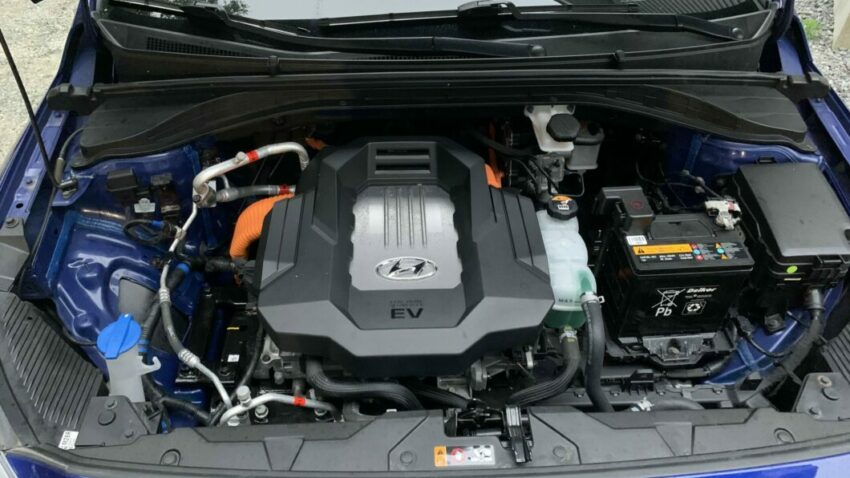
Easy to Drive
A car needs to have a transmission, it is the mechanism that transmits the power developed by the engine of the automobile to the driving wheel. The most common is manual transmission however in congested traffic of today, people prefer automatic transmission. Unfortunately, automatic transmission cars are a compromise on fuel efficiency as they consume relatively more fuel than manual transmission. The EVs however, have the most efficient of transmissions, the ‘direct drive’ or ‘single speed’ transmission, which is driven directly by a motor without a belt or any other device to transmit the power.
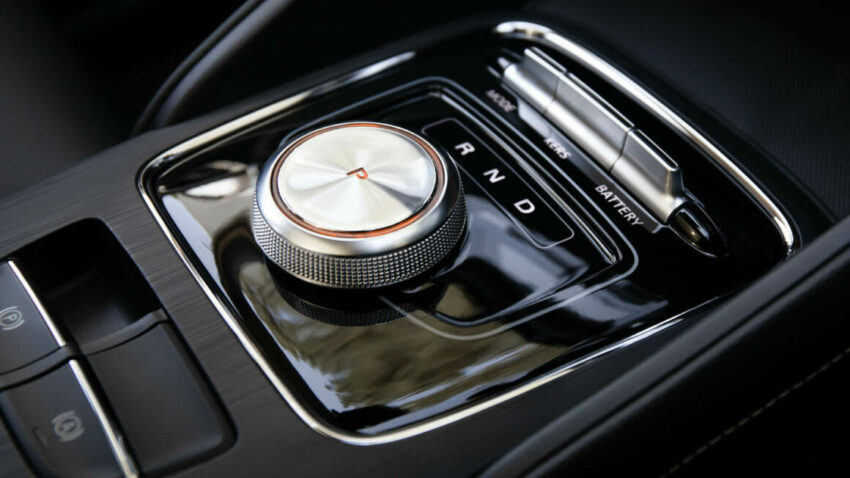
If you are wondering why an EV doesn’t need a conventional transmission, the reason is simple- it doesn’t need one.. Typical gasoline engines have a very narrow torque band which requires varying the gearing (with multiple gear ratios) to allow the engine to perform efficiently and effectively propel the vehicle down the road.
Related: Why Local Auto Industry is Afraid of Electric Vehicles?
Electric motors create torque throughout the RPM range. They can create a large amount of torque from zero RPM almost all the way through to their maximum RPM. Since almost the entire RPM range for the motor produces usable torque, there’s no need for a transmission. And since the electric motor can produce torque from 0 RPM, there is no need for a clutch either.
Zero Emissions
Electric vehicles are also called zero-emission vehicles, they are environment friendly and contribute towards better air quality since there is no harmful emissions coming out of these cars, not to mention there is no exhaust pipe/ silencer in en EV.
Easy to Recharge
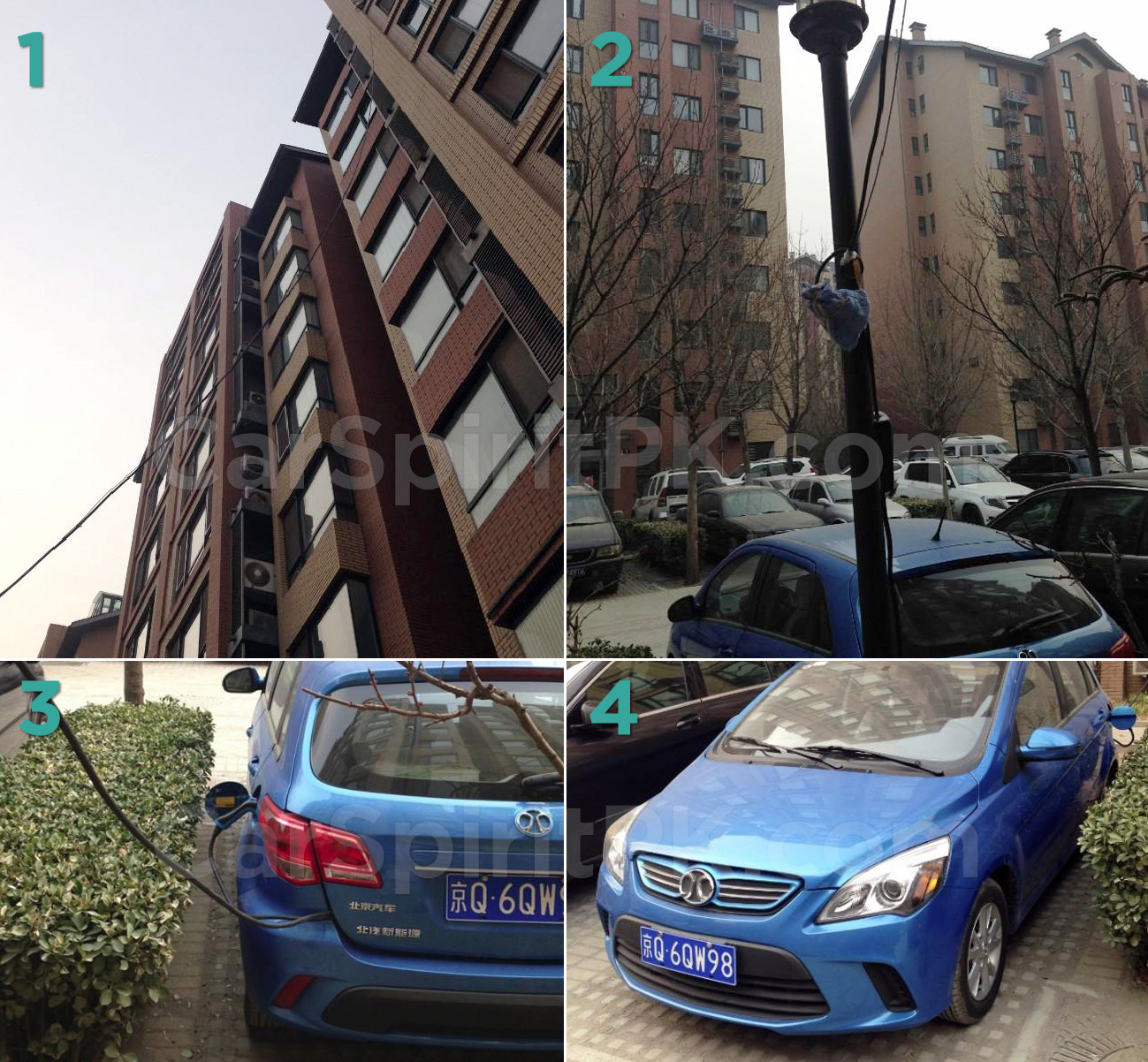
In a conventional automobile, you need to take your car to a filling station to get it refueled. In the case of an EV, you can recharge it at your home too. Just by using a standard 220v socket an EV can be charged easily. It generally requires 6-8 hours to fully recharge a car battery, however, in fast charging mode, more than 50% can be recharged within an hour.
Related: Senate Passes Resolution to Set Up EV Infrastructure
Depending on the usage, you won’t normally need to recharge it every day. Let’s assume that an EV has a driving range of 350km, you can easily run your car for a couple of days without the need to recharge.
Lowest Running Cost
An average hatchback today gives you a real-world fuel economy of 15 km/ liter. And even if you assume a car fitted with CNG is able to give you a range of 150 km in a cylinder filled for nearly 1,200 rupees, the cost per kilometer is around Rs 8/km. On the other hand, most electric cars of today offer a driving range of more than 400 kilometers on a single charge very easily. The estimated price of running an electric car will be around just a rupee per kilometer.
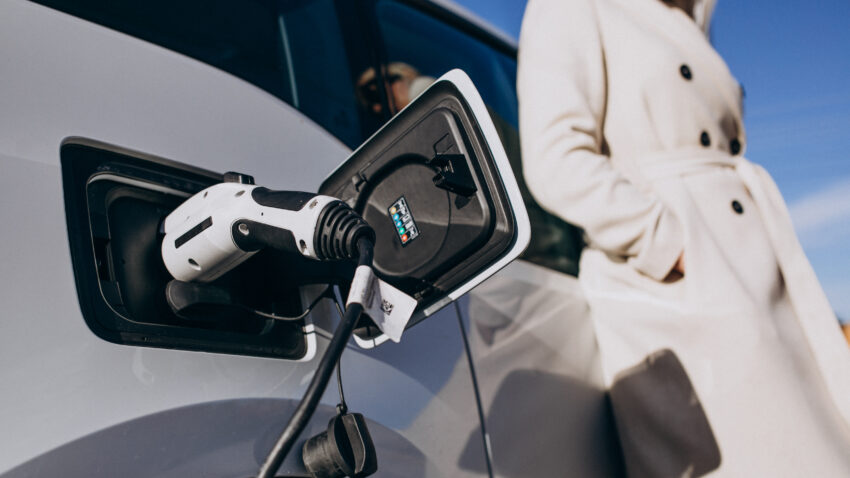
Remember, just like petrol or diesel engine cars, the consumption of EVs depends on the model and the manufacturer. It’s not about “kilometers per liter”, but about “kilometer per kilowatt hour”. It is difficult to calculate the exact consumption of an electric car because numerous factors have to be taken into account. However, most EVs require at least 20kWh to fully charge their battery. In simplest of words, a subcompact EV when compared to a similar-sized gasoline sedan will cost you up to 65% less on running expenses (refueling vs recharging).
How EVs are able to achieve such great mileage?
There are various factors that help an electric vehicle achieve much greater mileage than conventional gasoline engine cars. Such as:
Aerodynamics
In typical gasoline cars, aerodynamics are essential but not typically of the utmost concern. Electric cars are different. Since batteries are the most expensive component in most EVs, they require a very slippery drag coefficient to maximize their range.
Regenerative Braking
In traditional non-hybrid cars, deceleration is primarily done with friction brakes. This means that lots of kinetic energy is simply wasted as heat. In hybrids and EVs, most braking is done by capturing kinetic energy and transferring it as electrical energy back into the battery pack. With this braking method, electric cars can recuperate energy back into the battery rather than wasting the energy as heat into the surroundings. According to information, a typical EV’s total efficiency (factoring in the regeneration) is around 90% in the combined cycle.
Overall Efficiency
Unlike internal combustion cars, electric cars have the upper hand because they use far less energy. A typical gasoline car would have an efficiency (energy to the wheels) of less than 25% which means that the other 75% of energy would be lost as heat or used in other internal combustion engine systems. Disregarding the benefits of regenerative braking, electric cars have an efficiency of over 65%. The other 35% is energy lost in charging and drive system losses (battery system cooling and heat).
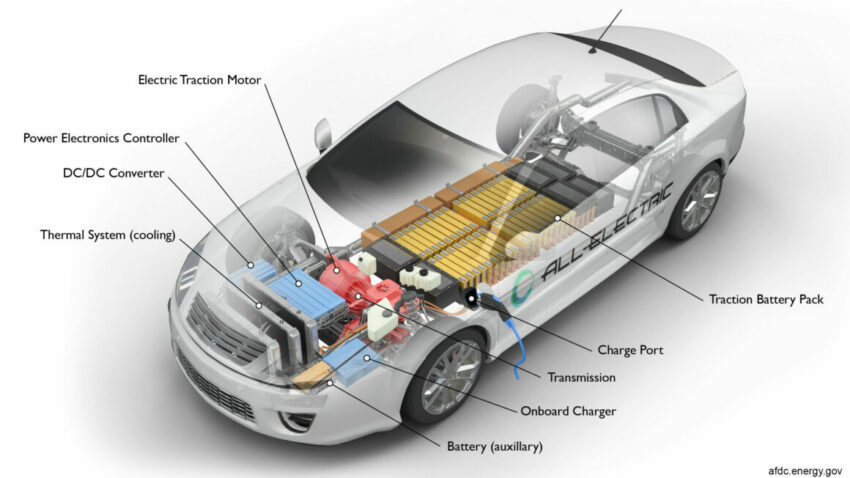
Things to Worry About
So far it’s all so nice to know that EVs are a much better alternative to conventional gasoline cars in terms of running, maintenance & fuel efficiency, but in order to make them a feasible mode of transportation on a mass level, some things need to be taken into account.
The Charging Stations
Unlike petrol, diesel, or CNG, you can surely charge an EV at your home but that’s not going to be the case at all times. Most of the time depending on your traveling, you will need to recharge the vehicle & that’s where the need for charging stations comes. And unlike petrol or diesel cars, which can fill up within minutes, an EV requires certain hours to charge. Although CATL of China which is the leading battery maker for EVs is working on the sodium-ion batteries which it claims could be fully charged within just 15 minutes, but development & mass availability of these batteries in EVs will take some time.
Related: 5 Lenders Arrange BDT 167 Crore for Bangladesh’s First EV Plant
The government will need to develop a massive EV charging setup across the country particularly on the highways, because (as mentioned above) you might not need to keep charging the vehicle every day if your commuting is restricted within cities. However, if you travel on longer routes including highways, you are sure going to need a recharge.
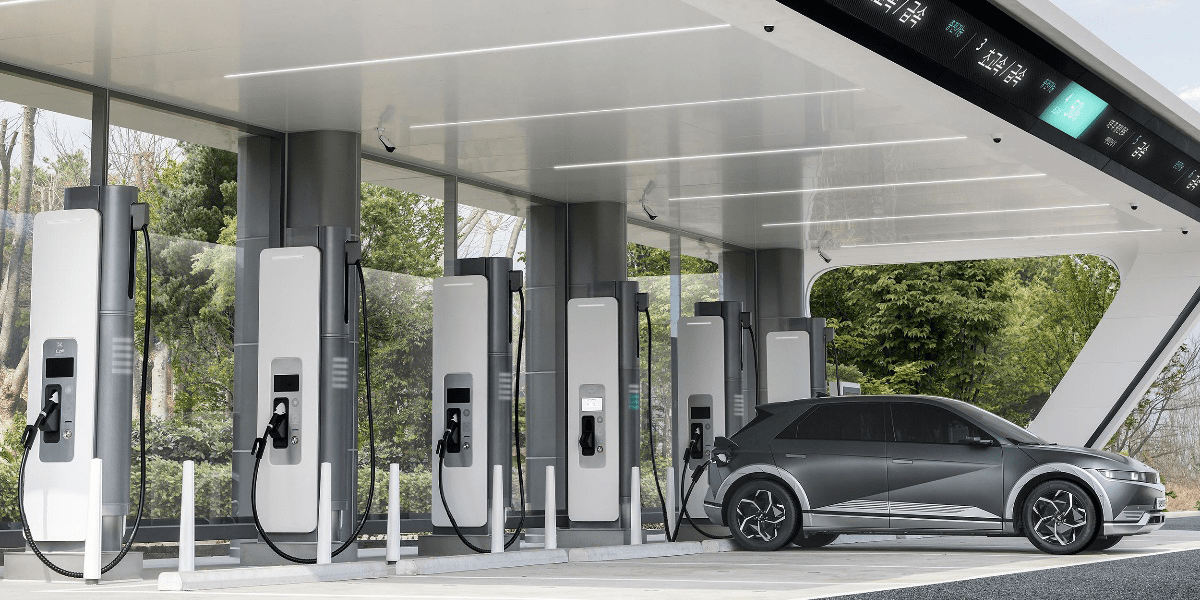
Even in cities with huge traffic jams in peak hours, if you are stuck in such a situation that drains out your charge in start-stop traffic, there must be charging stations present in almost every part of the cities, ideally one alongside each petrol pump to facilitate EV charging on a mass level.
Load Shedding
Power outages will be a major point of concern for EV users. Suppose there is a load-shedding session and you are unable to charge your EV, there won’t be much you will be able to do.
The Need for Alternate Sources to Produce Electricity
The EVs will pump the need to go for alternate sources of electricity production since the government cannot rely on the existing electric infrastructure to bear the burden of EV recharging on a mass level. An example of a CNG crisis is in front of us, we don’t really want factories demanding to stop supplying electricity to passenger cars only because we are short of power. Sources such as trash, wind, and solar power will have to be considered for power generation as a top priority.
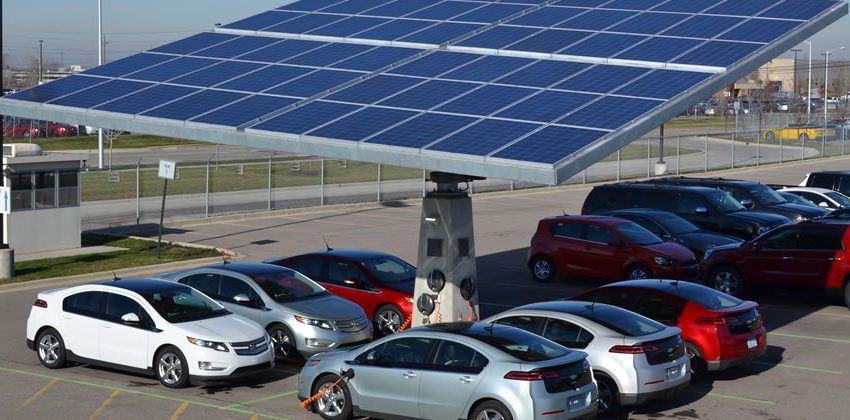
Heat & the EV Batteries
Another major concern for EVs is the hot climate which goes to extremes in most parts of the country. I was talking to a high official representing a leading Chinese automaker having a good range of electric cars in its portfolio, and he was of the opinion that EVs haven’t been thoroughly tested in these conditions. Since the battery is located underneath the car, it will receive much heat from the hot road surface below, and with excessive heat, comes chances of dissipating the stored energy which in turn will impact the driving range of the EVs.
The Life of EV Batteries
The EV batteries can last from up to 300,000 to up to 800,000 km depending on the make & size of the battery. However, EV owners claim the battery may lose up to 5% of their capacity after almost 80,000km of usage. This means that as the batteries gets older, the performance in terms of power storage will not be the same hence will have a negative effect on the overall driving range. Also, the cost of batteries is quite high, but considering how long they can last, a new owner might not need to replace it during ownership however it can be a concern for a used-EV buyer.
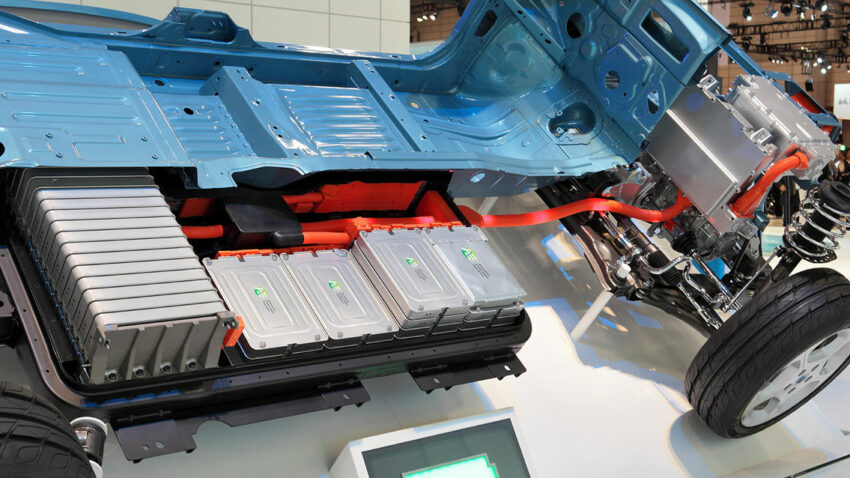
Govt’s Cap on Battery Capacity
However as strange as it might sound is the condition of 1% sales tax for locally made EVs up to 50kwh in the EV policy. This kills the very purpose of EVs since the bigger the battery pack, the more driving range an EV can yield. Today EVs can have a battery of 30kwh to up to 200kwh which is good for driving range from 170km to up to 600km respectively.
Related: BYD to Help Toyota Build a Cheap EV Sedan
Obviously, cars with bigger battery packs can store more energy & produce more driving range hence longer intervals between recharge, whereas EVs with smaller battery packs due to lower driving range will need to be recharged more frequently thus putting more burden on charging stations. Some say the condition was specifically put in place to favor local cars, however, we do believe incentives may be given to EVs irrespective of battery capacity. In fact in order to maximize the benefits of EVs, incentives should be granted in proportion– the bigger the battery capacity, the better the incentives.
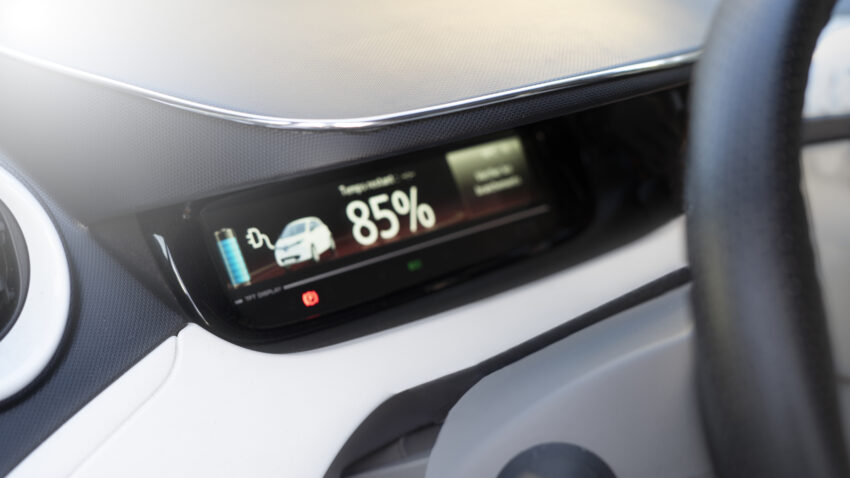
The Driving Conditions
Lastly the local driving conditions will be a real test. Although a few luxury EVs such as the Audi e-tron and BMW i3 REX are already running on our roads, their usage is mostly observed in posh areas only.
Related: Electric Vehicles Available in Pakistan
If electric vehicles are pushed to be used on a mass level, then circumstances such as heavy rain and flooded roads will be a real test for EVs in these extreme conditions. Also broken roads and abnormally made speed breakers which are common in most parts of the country, tend to brush along the underside of cars, and with EVs having a relatively lower ground clearance will be prone to get scrapped from underneath which might have a negative impact on the performance & maintenance of these vehicles with battery, which is vital and the most expensive component in any EV residing on the lowest location.

Technical Assistance
After all, EVs will also be machines which means anything can go wrong with them. If for some reason an EV has developed some sort of problem, say it’s not able to start due to some electrical issue you need to have a skilled technician sound enough to work on EVs. You might not have the luxury of finding a roadside mechanic to be able to solve the problems with your car on the go.
Lastly, EVs Please… No LSEVs
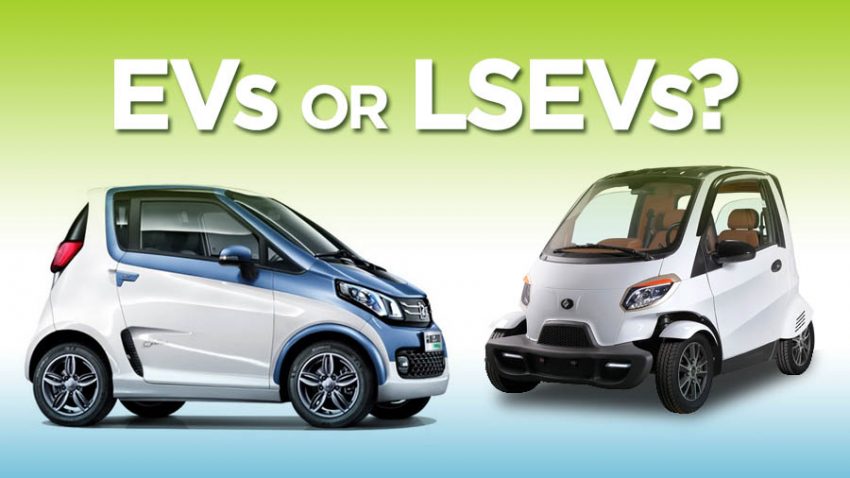
While we are planning to move towards electrification, it’s very important for us to understand the difference between EVs and LSEVs (Low-Speed Electric Vehicles). In China, LSEVs are a good alternative to motorbikes, they are personal commuters mainly designed to accommodate 2 or 4 people. They have small batteries and hence have a low driving speed (generally 50km/h at max) and low driving range that stays around 100-120km per recharge.
Related: Electric Vehicle Policy and Possible Influx of EVs and LSEVs
LSEVs are in no way a replacement for proper electric cars due to their design as well as structural integrity. So people should watch out for local companies introducing LSEVs in the name of electric vehicles and pricing them like EVs which will be a bad move. Click here for a more detailed article previously written on the LSEVs.

A computer animation professional with over 23 years of industry experience having served in leading organizations, TV channels & production facilities in Pakistan. An avid car enthusiast and petrolhead with an affection to deliver quality content to help shape opinions. Formerly written for PakWheels as well as major publications including Dawn. Founder of CarSpiritPK.com

